The holidays are a great time to get closer to Como Zoo’s animals
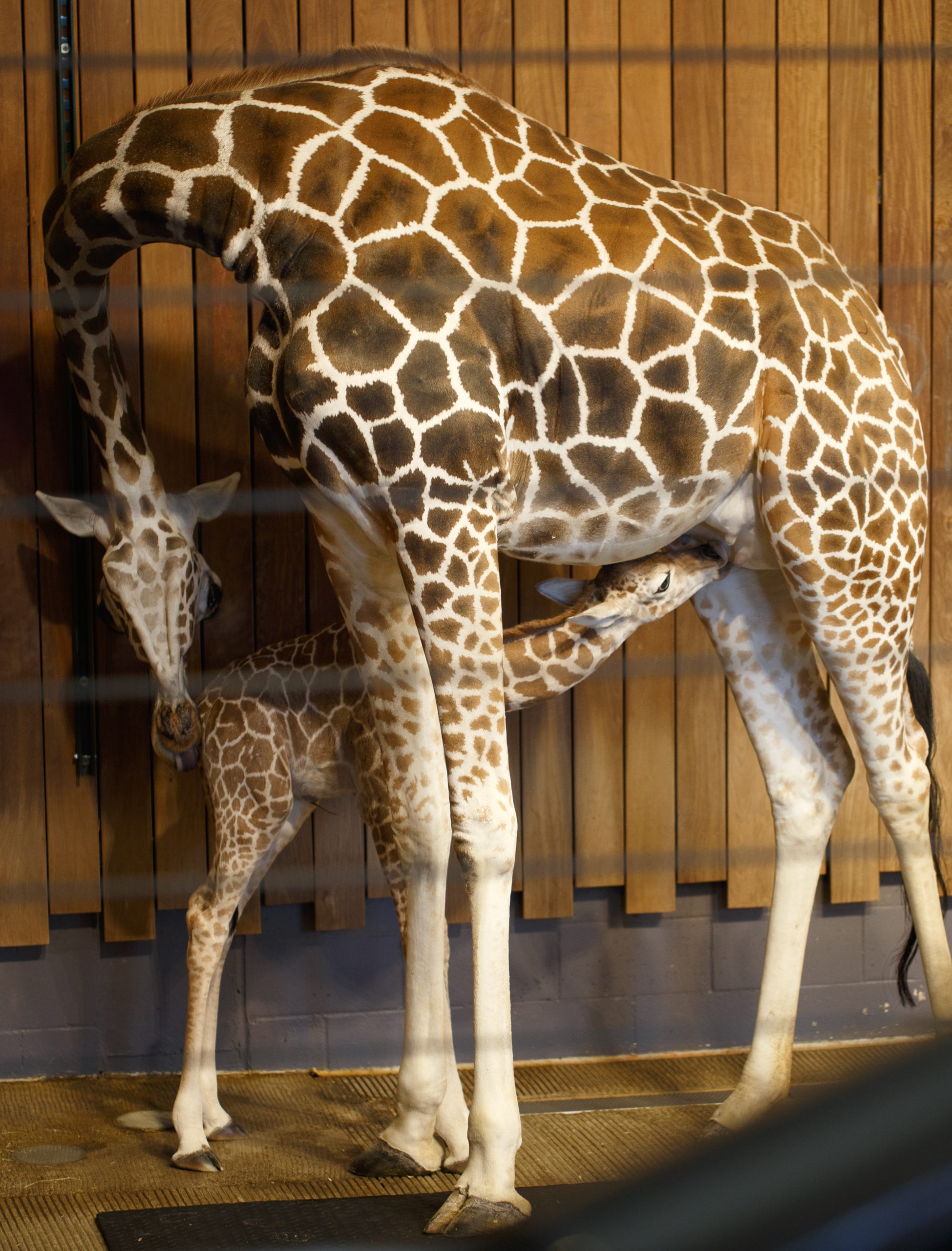
The summer months are always Como Zoo’s high season, but animal fans in the know often prefer late fall, early winter. “It’s one of the best times to be here, because the animals are so active and engaging,” says Como Zoo senior keeper Jill Erzar. “We heard from so many visitors how much they enjoyed being here on Thanksgiving Day and how wonderful the animals were.”
Some of that excitement is due to a flurry of furry new faces, all recently arrived at Como Zoo. Here’s a look at some of the new animals you’re likely to encounter on your next Como visit.
-
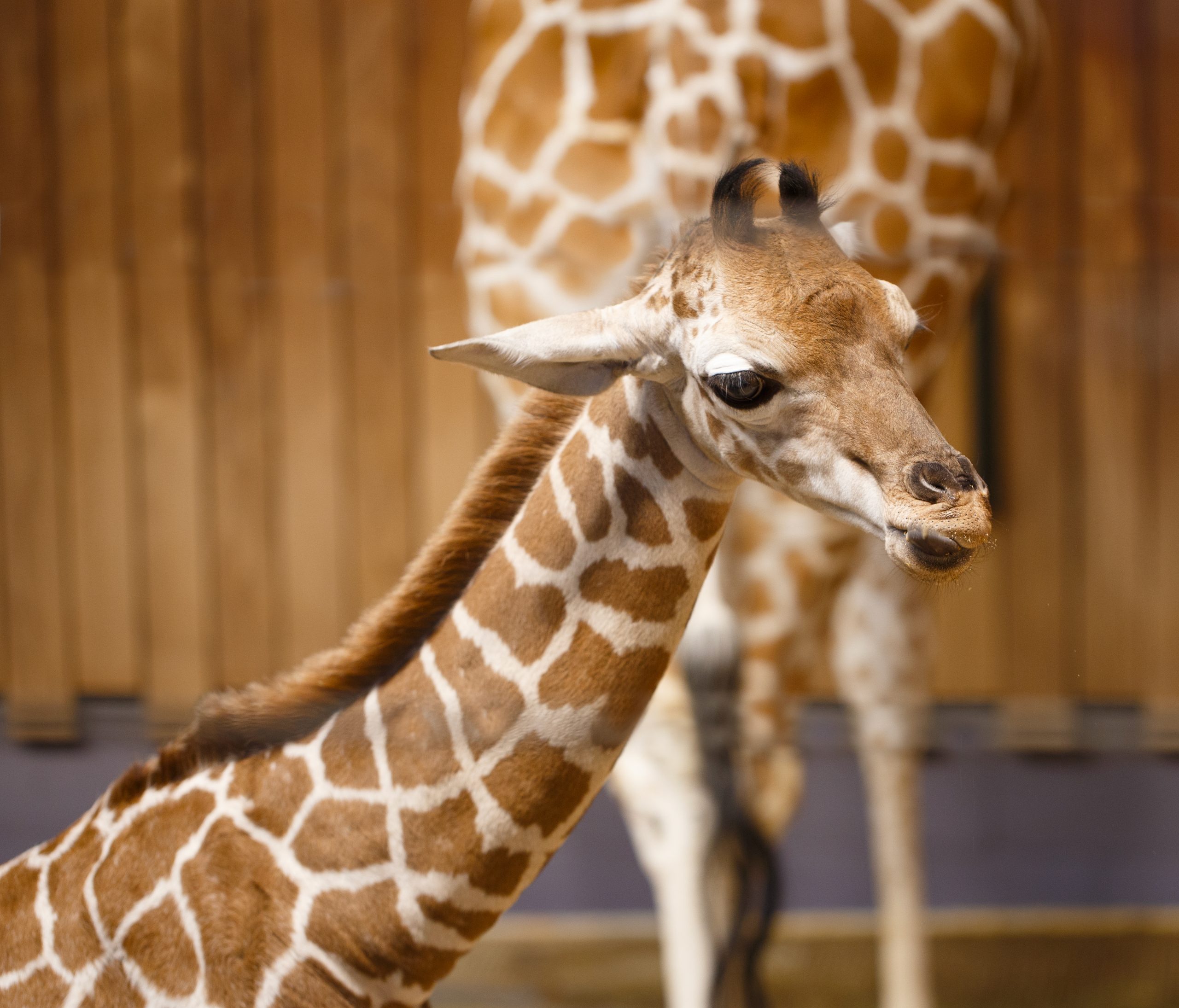
Ivy
A social media star within hours of her arrival, this six foot tall, 132-pound baby giraffe has been captivating crowds and keepers alike. “She is incredibly feisty,” Erzar says, noting that it took four keepers to keep her still during her neonatal “well baby” exam just 72 hours after she was born. “We can’t walk by her without her attempting to kick us.” Her fighting spirit is a great sign of her overall health, and the doting care she’s getting from mother Zinnia, a seven-year-old female who moved to Como Zoo last summer. When it came time to name the new giraffe, more than 15,000 Como visitors voted from among three plant-themed names to pick their favorite. Judging by how fast she’s growing, Ivy is just the right choice.
-
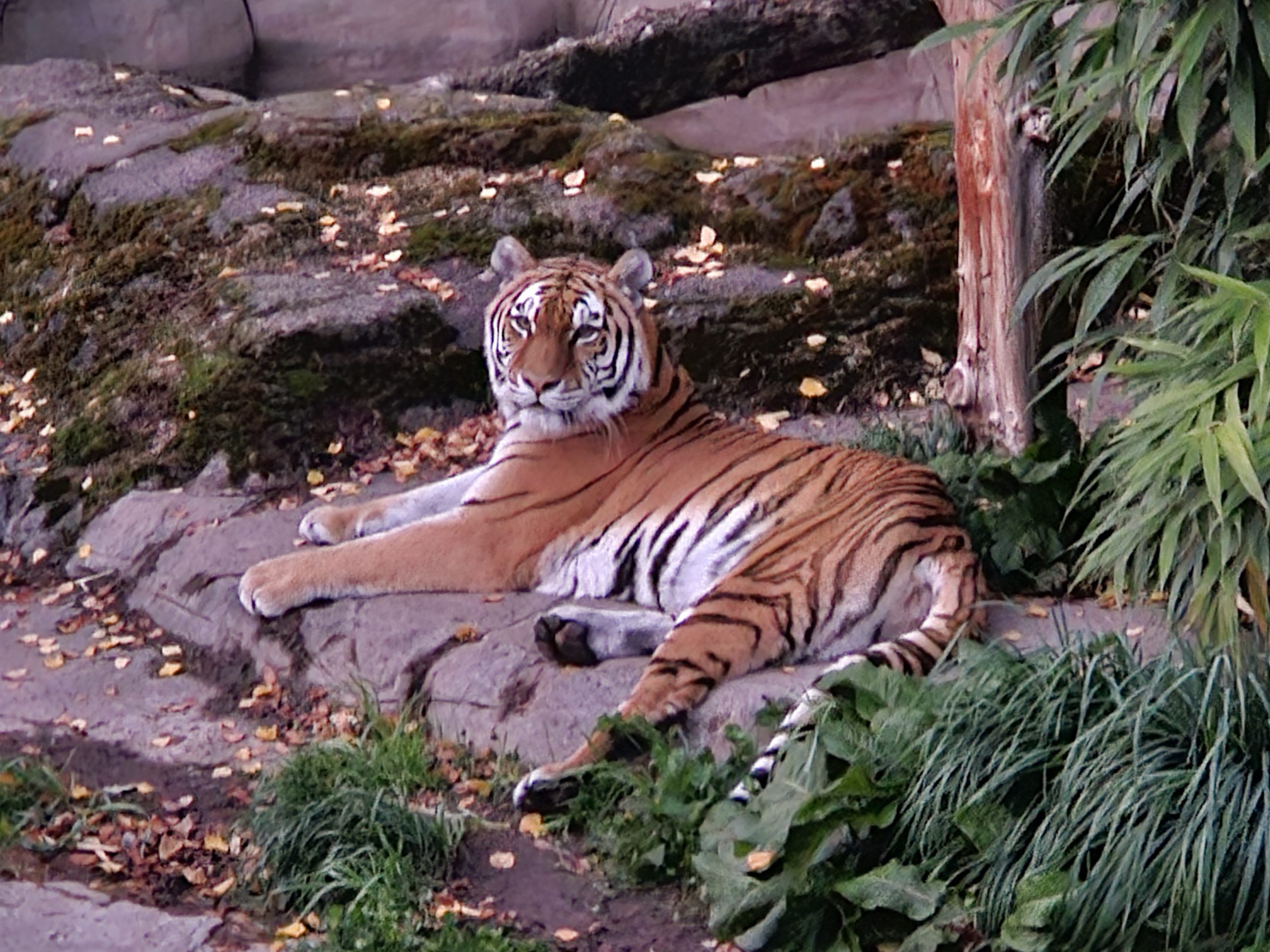
Bernadette
Still skittish about making her public debut at Como Zoo, visitors have definitely heard the new female tiger making noise behind the scenes. “She’s a nice, calm, and very vocal cat,” Erzar says about the nine-year-old female originally from the Oregon Zoo. While she’s getting used to her new surroundings, keepers are taking their time introducing her to Tsar, a male tiger that could become her breeding partner. “Tiger introductions are a big deal,” Erzar says. “They’re normally solitary cats with the potential to injure each other, so we want to take the time to ensure there aren’t any issues.”
Photo courtesy of Zookeeper Megan Hagedorn, Oregon Zoo
-
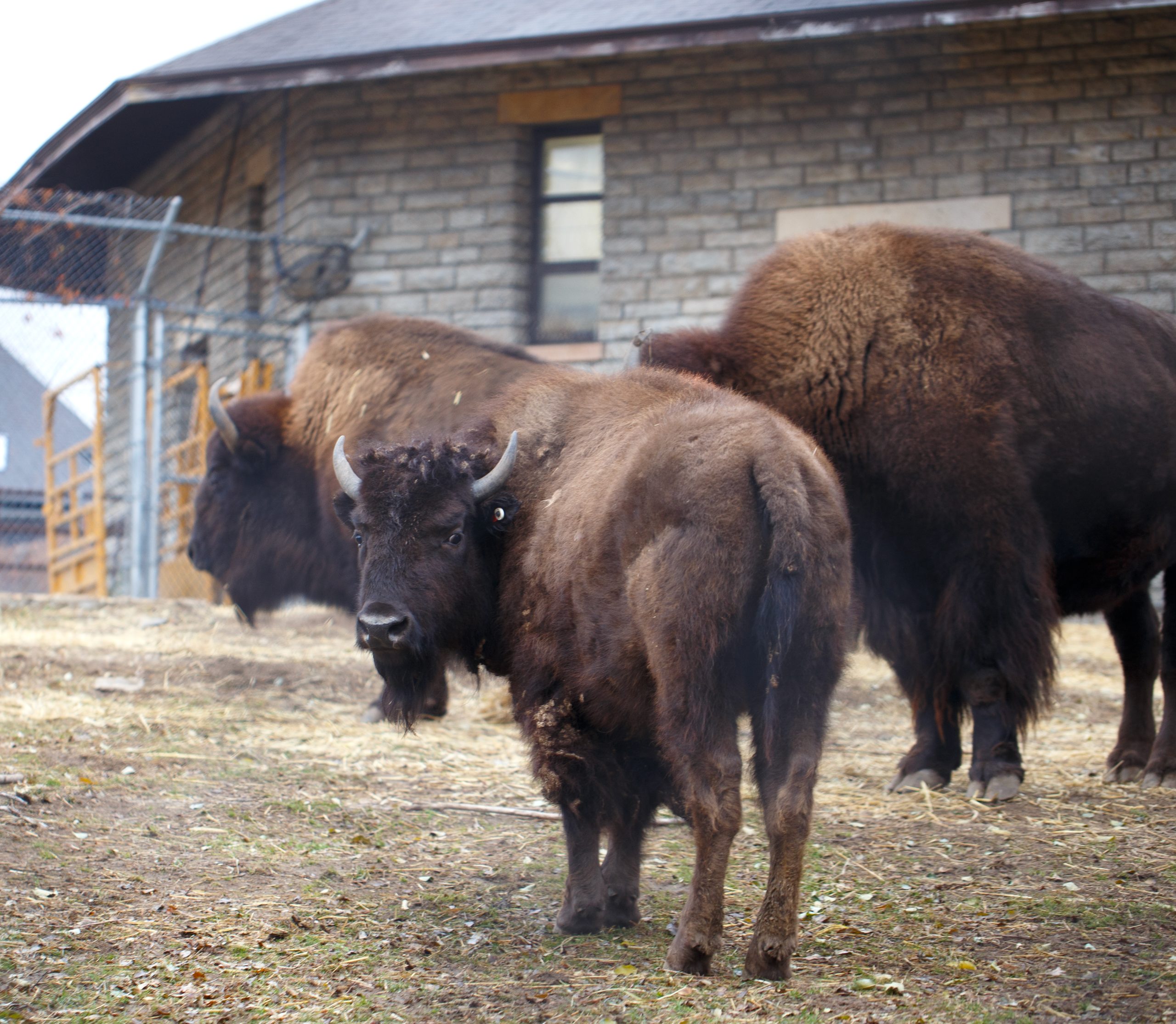
Ruby
At nearly 700 pounds, this bison is definitely the biggest arrival Como Zoo has seen all year. But at only 16 months old, Ruby will also have plenty of room to grow in Como’s newly expanded bison habitat. Ruby is a member of the Minnesota Bison Conservation Herd, a collaboration between the Department of Natural Resources and the Minnesota Zoo, which is working to protect the genetic diversity and future health of the state’s growing bison herds at Blue Mounds State Park, Minneopa State Park, and the Spring Lake Park Reserve Bison Prairie. “She’s getting along very well and seems to really like our male bison, Bogo,” says Erzar. As winter weather descends, Ruby and Bogo will be in their element, with wooly coats that can help them withstand temps of -40F, and 50-mile-an-hour winds.
-
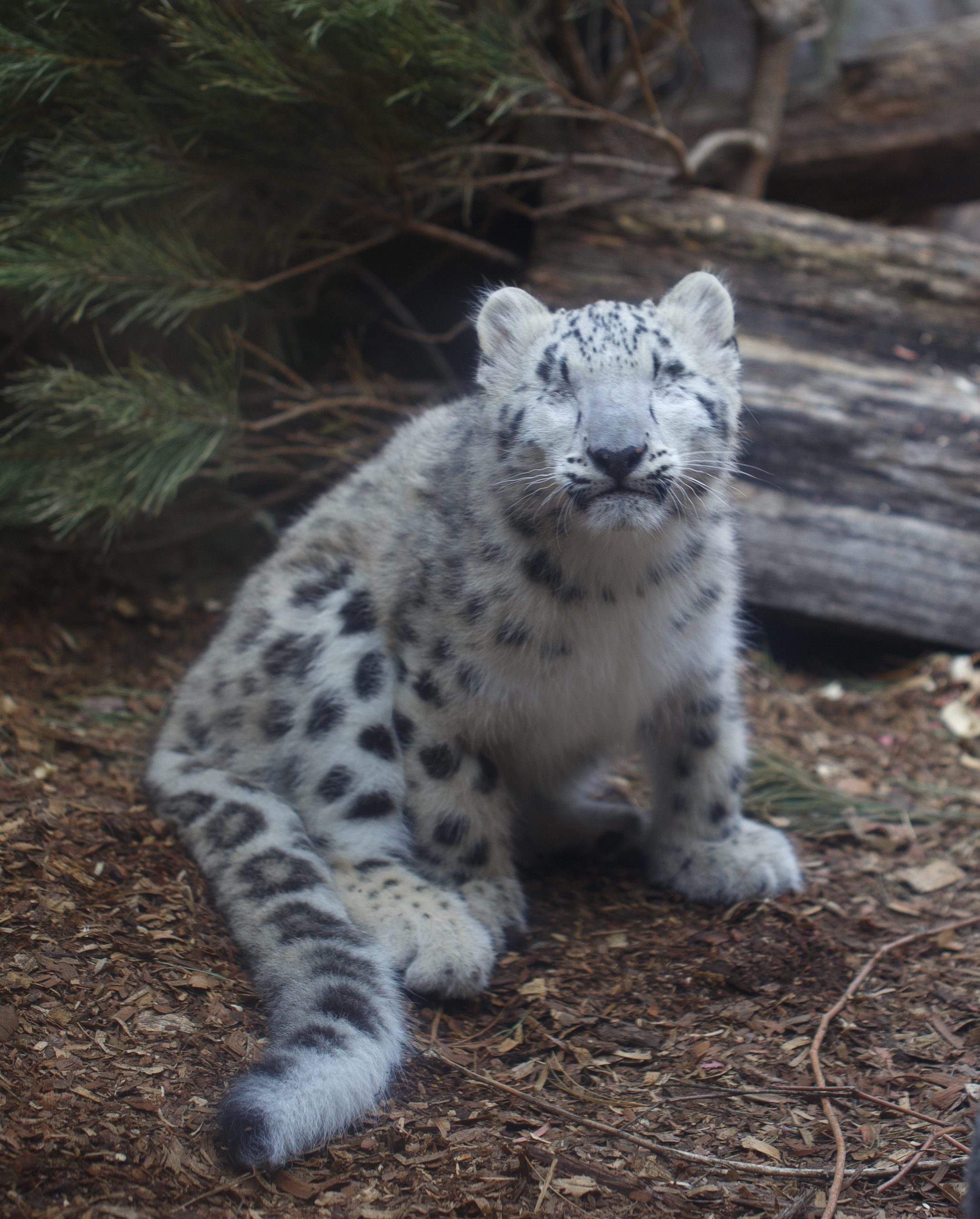
Willow
Born in May, this snow leopard cub has become a visitor favorite for her adventurous spirit and natural curiosity. Though she was born blind, she’s been an intrepid explorer in the habitat she shares with mother Alya, occasionally climbing to heights that she can’t quite figure out how to come down from. “She is very playful and living her best life,” says Erzar, who says that the young cub is also showing growing interest in her keepers, especially now that “she’s realized that’s where food comes from.”
Permanently blind due to multiple ocular colobomas, the young snow leopard underwent an operation earlier this year to remove retinal tissue that could cause health troubles down the line. “She will be blind the rest of her life,” says veterinary ophthalmologist Dr. Melissa Lively, who confirmed the cat’s diagnosis this spring. “But because she’s never had vision, she’s never known anything different, and she’ll be able to do everything a normal snow leopard cub could do. We know that cats are fantastic at using their touch, their hearing, and their sense of smell to explore their habitat and run zoomies just like a visual cub would do. In the wild, this cub would not survive moving through vast environments without being able to see where prey is coming from, but in this zoo setting, blind cats can thrive. Especially with all of the great care they get at Como Zoo.”
Willow’s parents Moutig and Alya will be visible in the outside habitat this winter while keepers help Willow learn to safely explore her habitat through more training behind-the-scenes. Working to meet the special needs of individual animals is one of the many ways that Como’s care team helps animals of every species thrive.